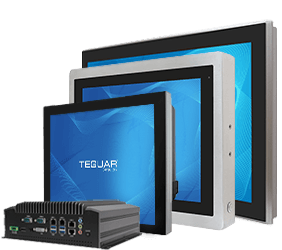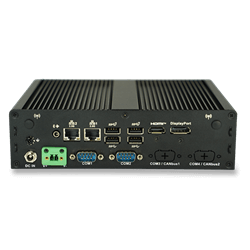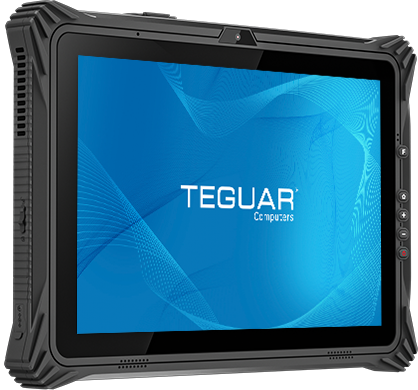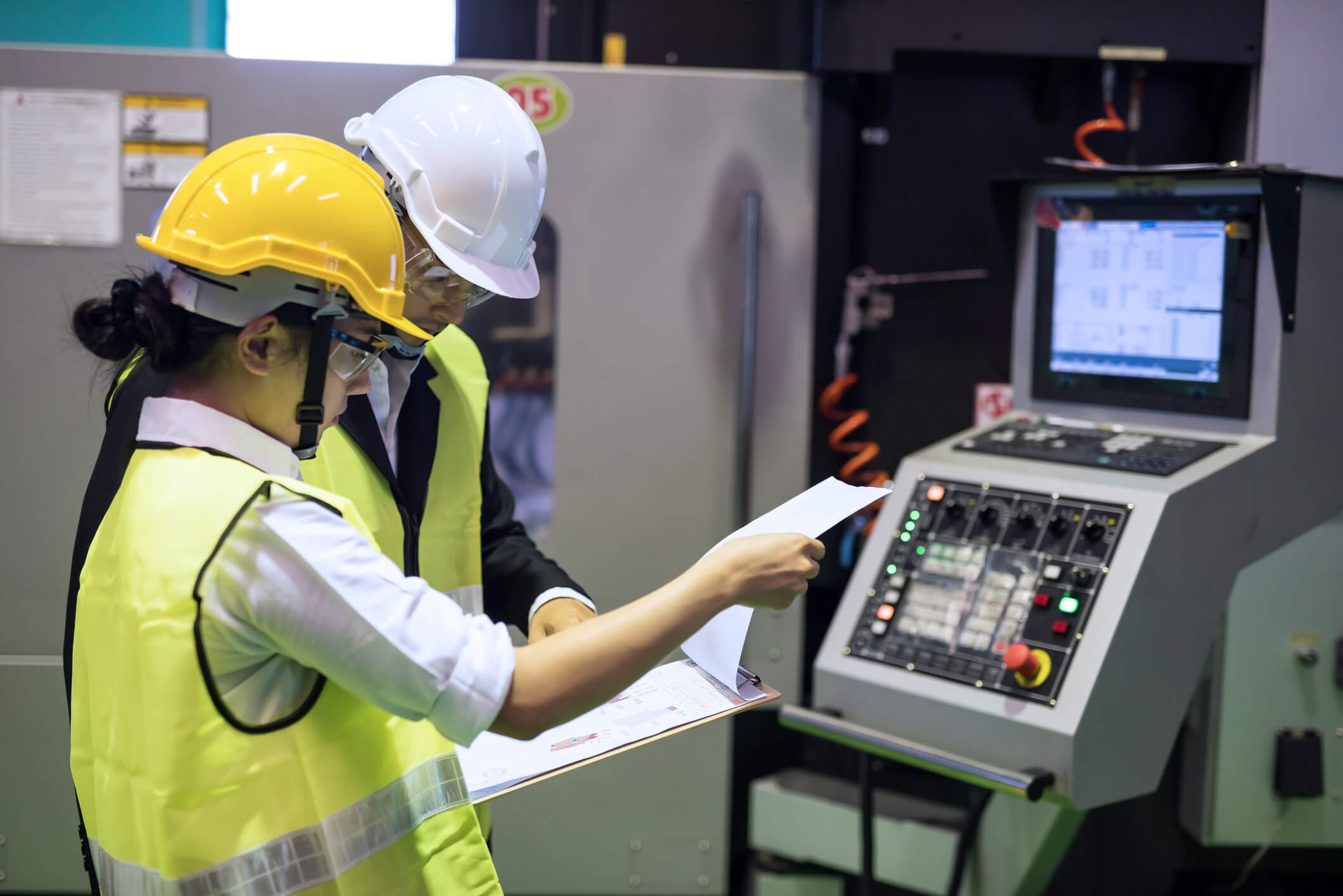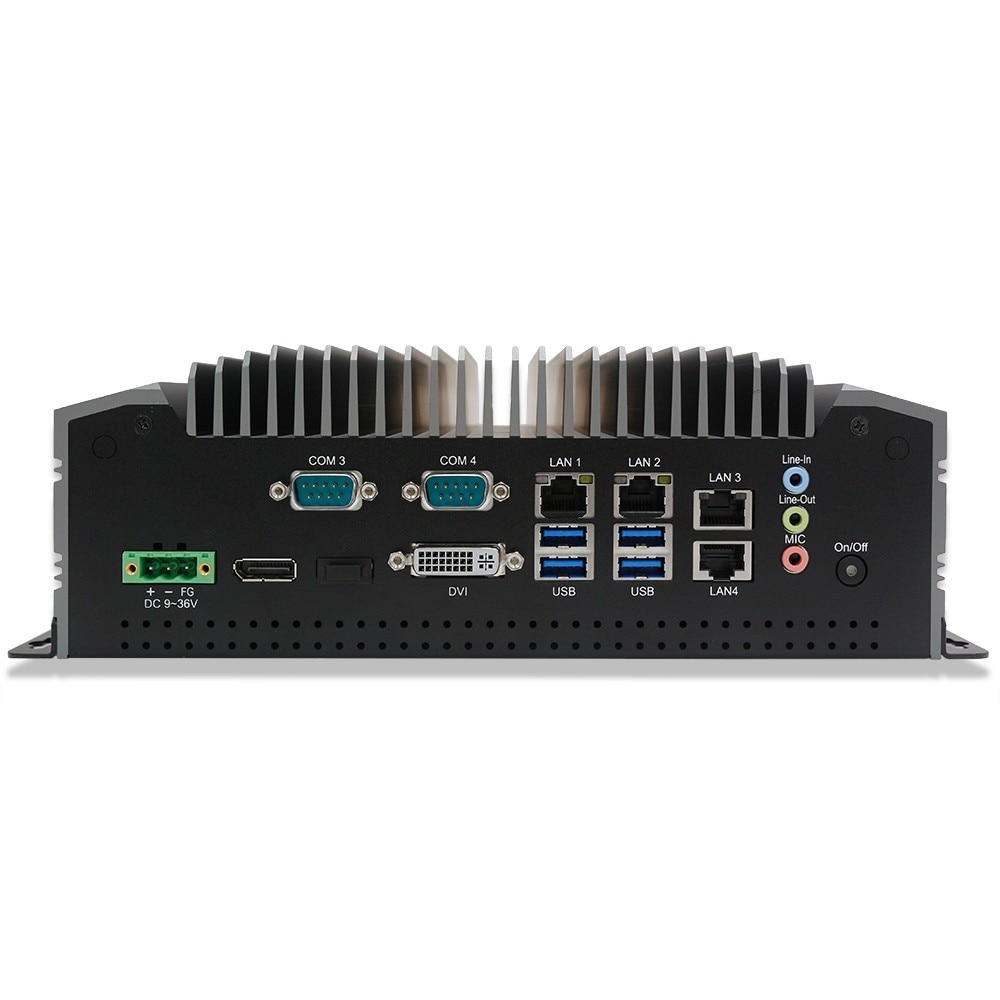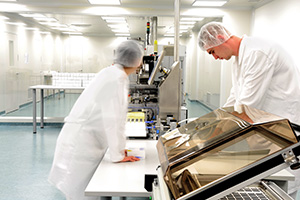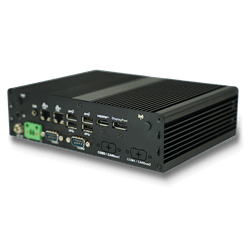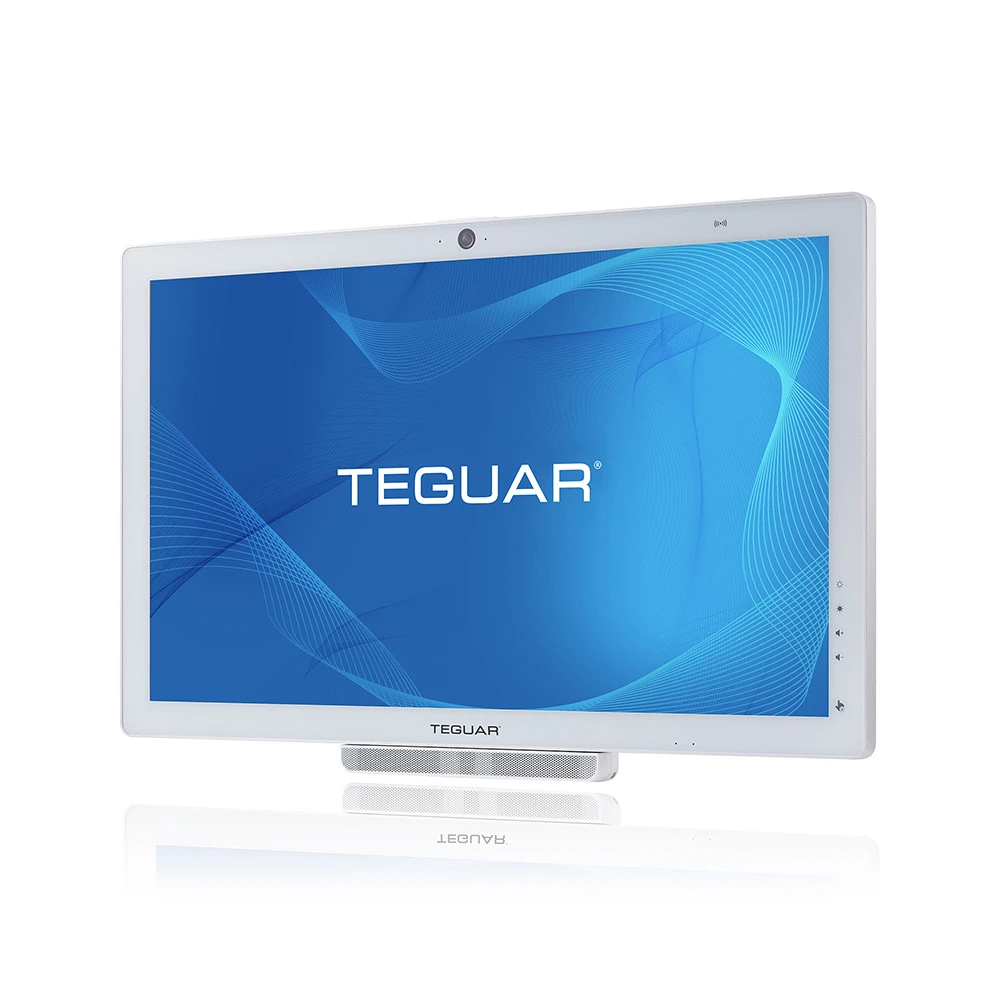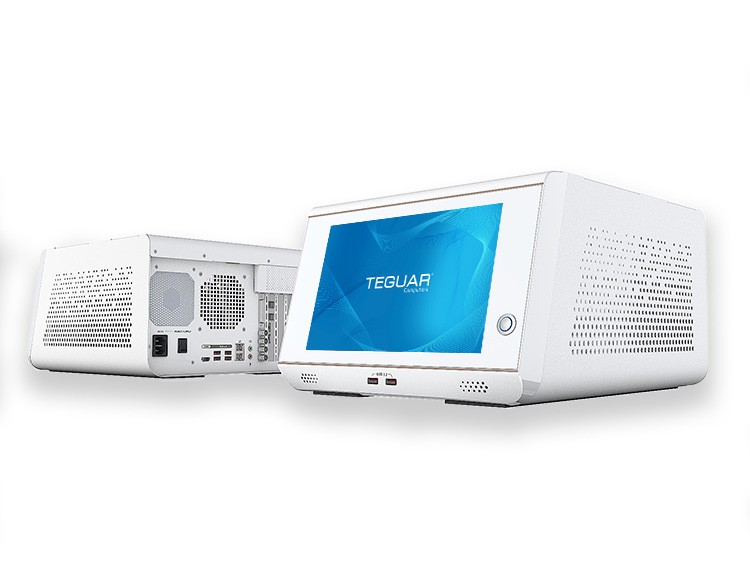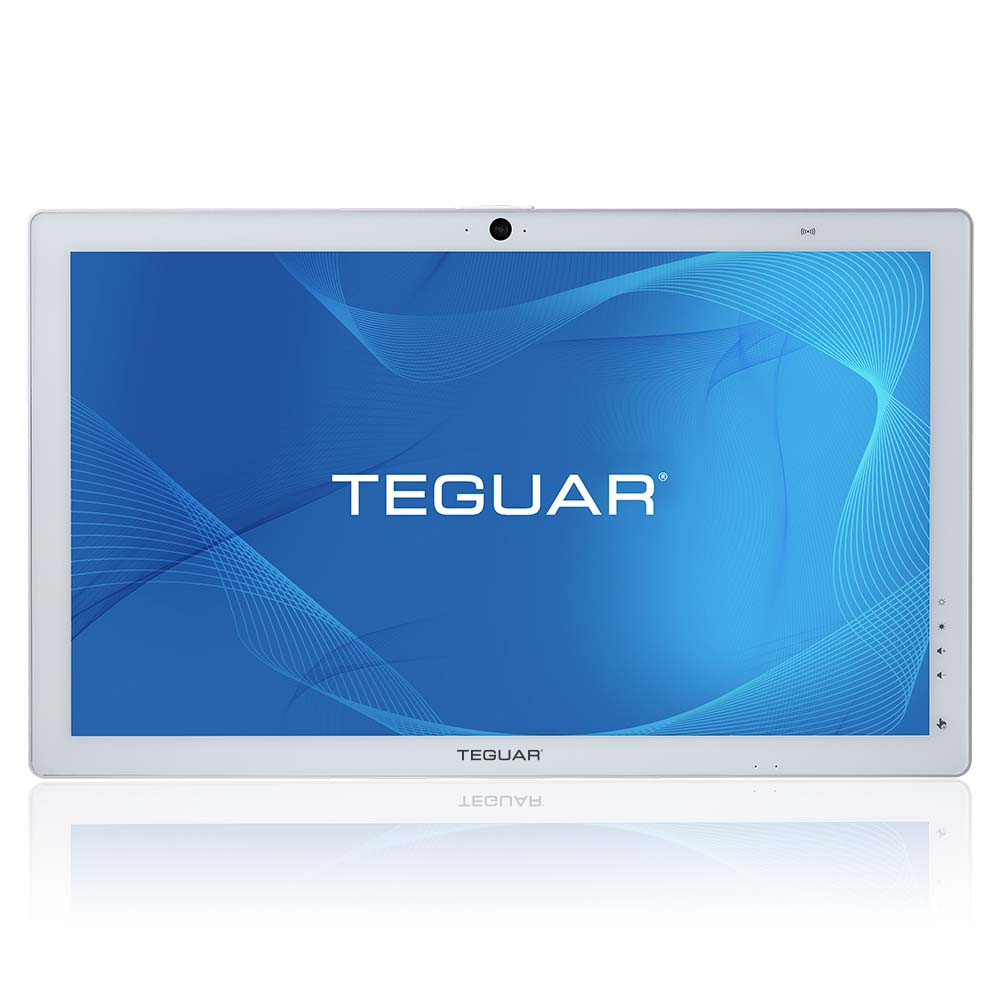Why Medical Certification IEC 60601-1 4th Edition Matters
What is IEC 60601-1 4th Edition?
One of the first things to understand is what this standard is and why is it a requirement for medically certified computers. The International Electrotechnical Commission (IEC) is a worldwide organization for creating standards around the globe such as IEC 60601-1: 2014 which focuses on safety of electronic medical equipment. Since patients and other medical devices can be exposed to electromagnetic interference (EMI) from another electronic device and to electro static discharge (ESD) from humans or objects, this poses a life-threatening risk to patients relying on medical devices keeping them alive or monitoring vitals. This medical standard specifies immunity test levels for safety for medical equipment and systems in various healthcare environments. The IEC-60601-1 standards gets stricter as improvements are made and technology changes.
One of the main differences in the newest 4th edition is the amount of ESD (EN 61000-4-2) air discharge which has been changed from 8KV to 15KV. The contact discharge requirement has also been changed and increased from 6KV up to 8KV. This new requirement definitely requires re-engineering of the electronic hardware, including a motherboard inside a medical computer. Most of Teguar’s Medical Computers have been upgraded or are in the process of this update. This change can be challenging and expensive as components have to be spaced the proper distance to withstand the higher immunity and ESD requirements. Because components have to be placed further apart, this means your PCB either has to get larger or, you have to add more PCB layers to accommodate new circuit routing. Our team of engineering experts have surpassed these challenges so you can continue to deploy Teguar’s finest medical computers in your healthcare environment.
When is IEC 60601-1 4th Edition Required?
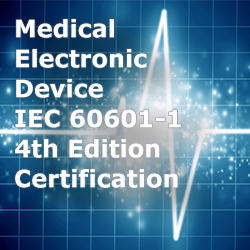 Medical certifications are required when a computer is connected to a patient directly or indirectly. Specifically, IEC 60601-1 4th edition is mandatory for new projects started April 1st, 2017 or thereafter in the USA. For example, a computer may be directly connected to a patient through a USB sensor module which has probes attached to a patient. That direct connection makes it imperative that the patient has electrical protection and isolation from the computer. This way, the patient will not be affected by any electrical shock or current leakage through the computer. Another example where medical 60601-1 4th edition may be required is when the computer is indirectly connected to the patient through a variety of I/O ports such as LAN, RS-232, or USB. These would then connect to another piece of medical equipment that could connect to a patient.
Medical certifications are required when a computer is connected to a patient directly or indirectly. Specifically, IEC 60601-1 4th edition is mandatory for new projects started April 1st, 2017 or thereafter in the USA. For example, a computer may be directly connected to a patient through a USB sensor module which has probes attached to a patient. That direct connection makes it imperative that the patient has electrical protection and isolation from the computer. This way, the patient will not be affected by any electrical shock or current leakage through the computer. Another example where medical 60601-1 4th edition may be required is when the computer is indirectly connected to the patient through a variety of I/O ports such as LAN, RS-232, or USB. These would then connect to another piece of medical equipment that could connect to a patient.
Keeping immunities to a minimum will protect expensive medical equipment, prevent possible interference, keep precise diagnosis figures, and eliminate potential shock to patients and operators. These important factors are another reason why medical professionals have chosen Teguar as their preferred healthcare computer provider.
Where are 60601-1 4th Edition Medically Certified Computers used?
Over the past decade there has been a recent spike in the adoption of medical computers in a vast amount of applications. The accepted transition from paper to digital storage has been more widely adopted due to increased hardware security to protect personal privacy and amount of efficiency it brings to the medical field. The new types of medical sensors that can be interfaced to a PC, such as catheters, temperature probes, heart monitors, and data collection merged with the Internet of Things (IoT) and has brought a new era of benefits.
Teguar Medical Computers, Tablets, and Box PCs are used in a wide range of medical settings. The Teguar TME-5031-22 Medical All in One is feature rich and provides you with a large 22” monitor with medically isolated I/O’s and accessory upgrades when required. The larger screen allows you to view critical patient records, real time sensor or equipment data, patient monitoring, or present the vast intelligence of the system it is connected to.
Another example, is the Teguar TMT-4395-10 Medical Tablet which can be used to replace fixed mounted computers to allow patient mobility due to its light weight structure & internal battery. This is extremely beneficial when you need to monitor vitals when moving a patient from room to room without disconnecting important sensors such as a catheter connected to an infant.
These are a couple products Teguar offers which have been used with heart transplant machinery or to monitor premature birth patients. Teguar’ s products can be customized for critical medical applications to help keep the integrity and state of the art design specifications.
“Teguar Medical all-in-one computers with EN 60601-1 4th edition ensure a long life-cycle for hospital or clinic use. With the new standard, medical specific features, and industrial grade internal components, hospital IT staff and CMIOs (Chief Medical Information Officers) will be well prepared to handle advances in medical equipment for many years. Medical OEM developers and system integrators will need to purchase medical computers that comply with this standard. Teguar frequently works with medical OEM developers to find the best hardware computing solution to pair with their proprietary medical technology.”
Sources & Links:
- IEC standard website
- Teguar Engineering and Sales Team
Previous Article
Enthusiastic Independent Review of Teguar’s TRT-5180-12 Rugged Tablet PC

